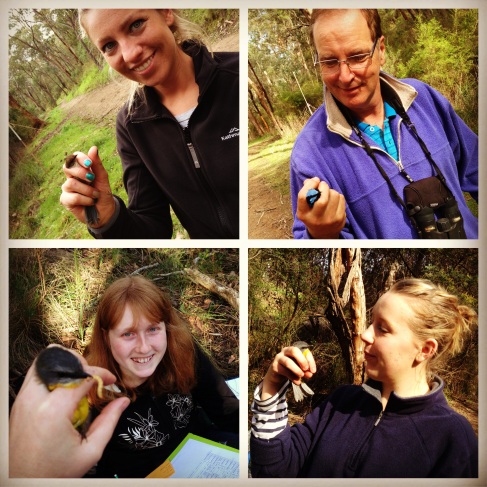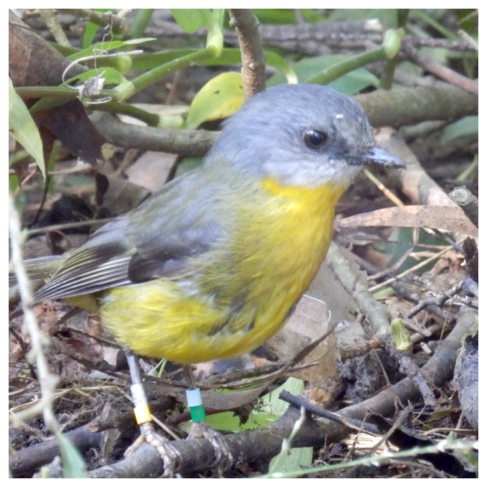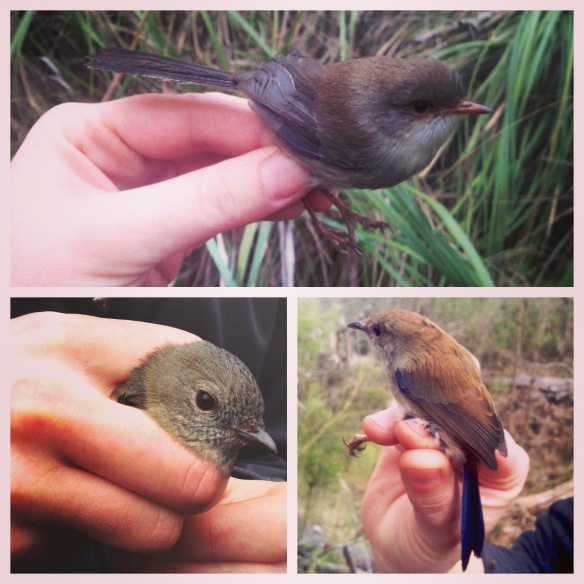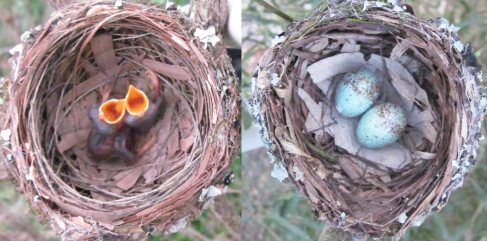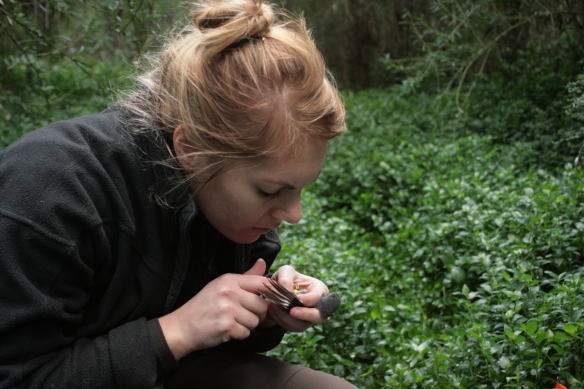As a PhD student, I don’t have much in the way of useful resources to help me carry out my work. Doing ecological research is very time consuming, especially when you are working at a landscape scale, chasing small, quiet and at times cryptic birds through thick scrubby forest, usually on your own. It’s really challenging to collect enough data to make meaningful inferences in the short period over which a PhD is usually carried out.
Photo by Robert BenderDespite this, I feel really lucky, because I have lots of terrific volunteers who have helped me out over my PhD (and continue to do so!). This includes a range of people – even my parents have been out to help me, especially with doing the more tedious habitat assessments; many willing students and keen animal-loving folk have been out to help me catch and band the robins; and, possibly the most helpful, are the wonderful bird watchers, which have the hardest job of all. They go out independently to search for banded robins. And unless the robins are having ‘one of those days’ where they are all continuously singing at the top of their little voices or boldly foraging right on the foot path in front of you, they can be incredibly hard to find. It is this part of the study that I find most challenging – I simply can’t be at all four sites across eastern Melbourne at once, spending hours looking for banded robins that I may not find and, at the very same time, be at my desk writing, analysing and organising.
Really, this post is all about saying thank you. To all of the fabulous volunteers that have helped me. You are amazing!

